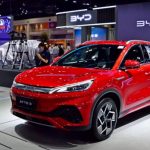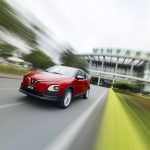This strategy is being led by BYD, which faces increasingly tough competition at home. Several Chinese automakers are now engaged in a price war on electric vehicles in their domestic market, with local government subsidies encouraging EV adoption for both domestic and foreign brands. This naturally erodes margins.
BYD’s solution is to maximize profits on foreign models. In some cases, it’s selling its cars for nearly three times the domestic price. Yet even then, in many cases, the Chinese offering still undercuts the Western competition.
Research suggests Chinese automakers often price their cars just below the European brands. They do this while offering more standard equipment and technology that often provides better value than the legacy products.
Even when additional costs such as shipping are factored in, the delta suggests thousands of dollars of extra profit per EV. This is because Chinese manufacturers have rationalized costs at every stage of the production process, from battery production to raw material sourcing.
Battery costs in China are estimated to be 18 percent lower than elsewhere, according to market research firm Benchmark Mineral Intelligence. A company like BYD, which produces its own batteries, can negotiate further discounts down the supply chain, while Chinese automakers are also helped by government-backed land and cheaper electricity and labor costs than their European rivals.
In some export markets, the BYD Atto 3 is priced from 81 to 174 percent higher than in China, according to a Reuters report. The Dolphin ranges from 39 to 178 percent higher in Germany, where a BYD Dolphin costs the equivalent of $37,439 compared to $16,524 in China. The Seal ranges from 30 to 136 percent higher. Compare that to Tesla, which sells the Chinese-made Model 3 for just 37 percent more in Germany than in China.
That buffer could allow them to slash prices and engage in a race to the bottom that many European automakers may struggle to match. It also means that China’s bigger automakers could swallow any tariffs imposed by the EU on imported vehicles.
Son Pham (forum.autodaily.vn)

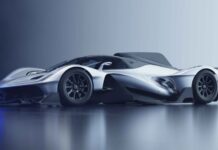
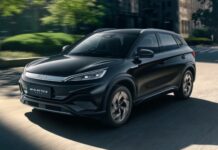

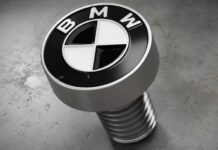

























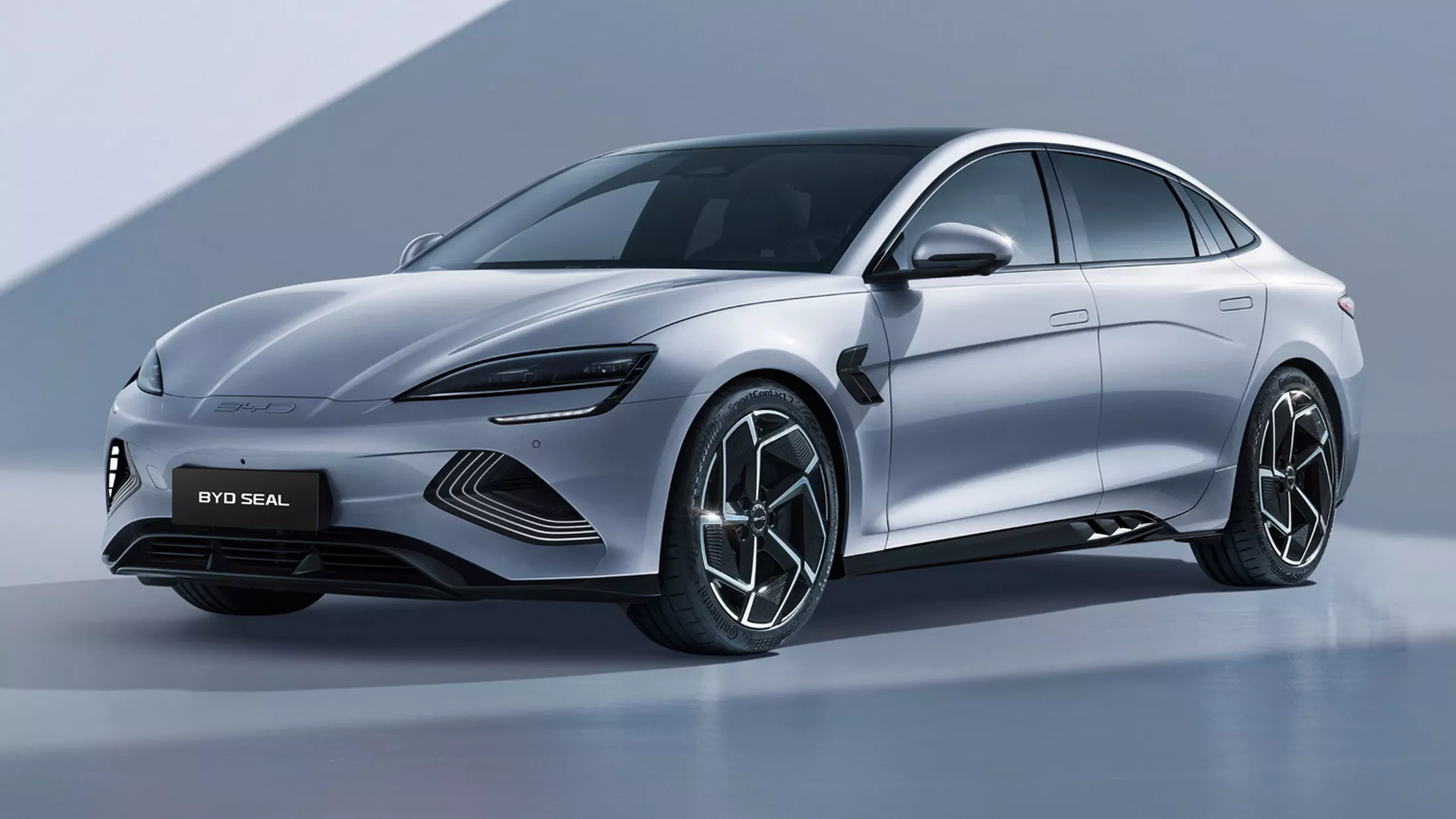
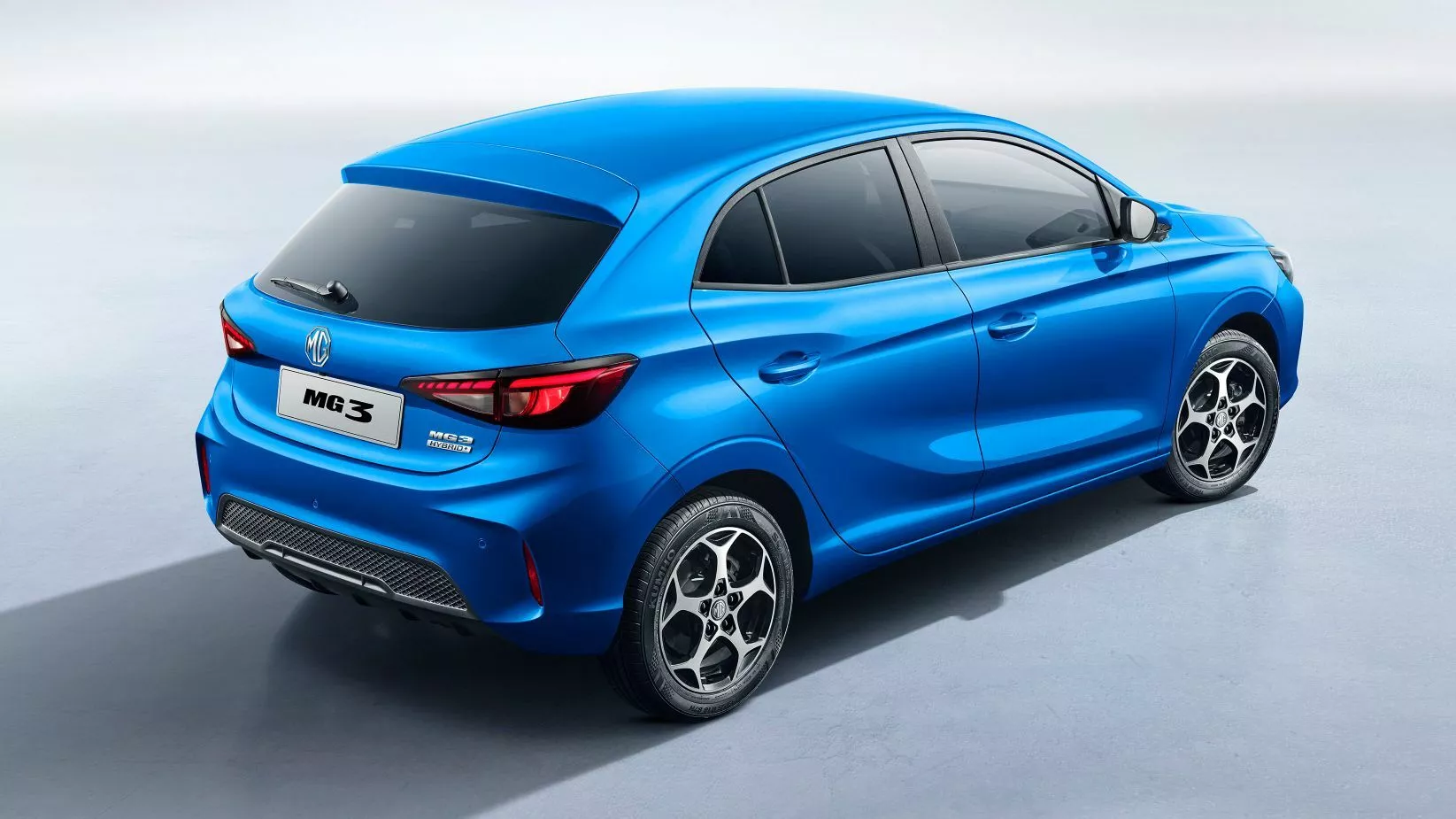
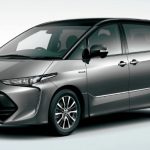
![[Quick Review] Hyundai IONIQ 5 – A Vehicle from the Future](https://vnauto.net/wp-content/uploads/2023/10/xehay-hyundaiioniq5-18052022-2-150x150.jpg)
